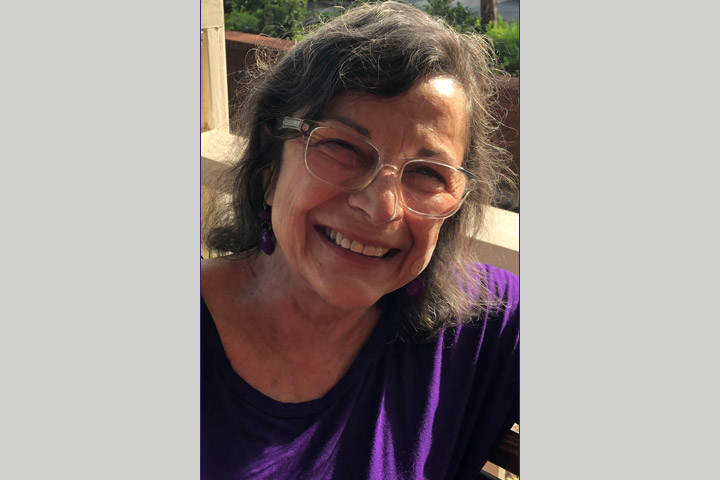Revolutionary Heart Scans: Uncovering Hidden Pancreatic Cancer Risks

In a remarkable story of resilience and awareness, Barbara Washburn discovered her pancreatic neuroendocrine cancer through a routine heart scan, highlighting the importance of proactive health measures. This unexpected diagnosis has not only changed her life but also inspired her to actively advocate for cancer awareness and the significance of listening to one’s body. Barbara’s journey underscores how early detection can lead to more favorable outcomes.
Discovery Through a Heart Scan
In February 2017, during her annual health check-up, Barbara prioritized her heart health due to a family history of heart disease. She requested a heart scan as part of her examination. While the scan showed no issues with her heart, it did reveal an anomaly on her right side, prompting further investigation.
Subsequent tests at Piedmont Hospital in Atlanta included an ultrasound and a CT scan, confirming the presence of growths on her adrenal gland and a tumor on the tail of her pancreas. Thankfully, the adrenal growths were benign, but the news of pancreatic cancer was alarming. Barbara later reflected on her symptoms, which included back pain and bloating—common issues often overlooked.
Navigating Treatment Options
The diagnosis revealed that Barbara had neuroendocrine pancreatic cancer, a type of cancer known for being more manageable than others. Dr. Andrew Page, her surgeon, expressed relief that the cancer had been detected early, which significantly increased her chances for successful treatment.
Barbara underwent surgery to remove the tail of her pancreas, along with her right adrenal gland and spleen. Although the operation was initially successful, she faced complications, including a seizure that led to a Code Blue situation, requiring her to be placed in ICU for four days. Thankfully, she has no recollection of that traumatic experience.
Life After Treatment
Since her surgery, Barbara has been fortunate not to require additional treatment. She regularly visits Dr. Kevin Nguyen for follow-up appointments, including MRI scans every six months. While there are small spots on her liver and thyroid, they remain stable and too small for biopsy.
After her recovery, Barbara became actively involved with PanCAN, an organization dedicated to raising awareness about pancreatic cancer. She emphasizes the importance of being vigilant about health and recognizing symptoms, especially since there was no cancer history in her family. Grateful for her healthcare team, she dedicates her time to educating others in the Atlanta area about the signs of pancreatic cancer.
Join the Fight Against Pancreatic Cancer
Barbara Washburn’s journey illustrates the critical role that awareness and early detection play in the battle against cancer. Her commitment to volunteering and sharing her story empowers others to advocate for their health. By staying informed and proactive, everyone can take steps toward better health outcomes.
If you want to learn more about pancreatic neuroendocrine tumors and how they differ from other cancer types, check out this informative resource.






